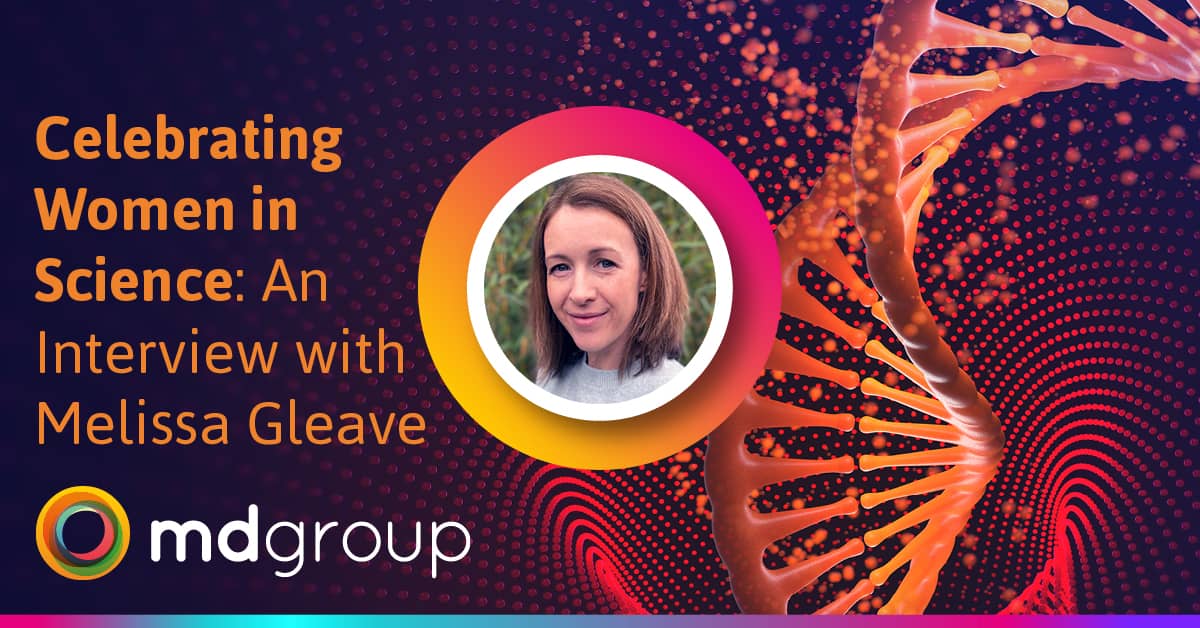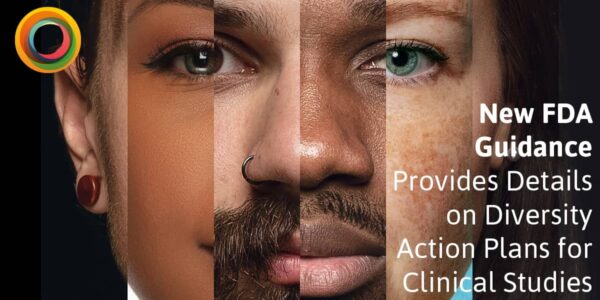
Melissa Gleave is the Head of Project Management at mdgroup and has been in the clinical research industry for 25 years. She’s passionate about educating young people about the variety of exciting career opportunities available in life sciences.
For International Women and Girls in Science Day 2023, we spoke to Melissa about the experience of women working in clinical research and ways the industry can work together to break down the glass ceiling and get more women in senior positions.
International Women and Girls in Science Day focuses on gender equality within science industries. It is implemented by UNESCO and UN-Women, working alongside institutions and civil society partners to promote and celebrate women and girls in science.
Hi Melissa. Tell us a bit about your background and contribution to life sciences.
I’ve been in clinical research for 25 years, the majority of which have been in clinical research working for contract research organisations (CROs). During that time, I worked in various therapeutic areas on different compounds and phases of clinical trials.
I moved to mdgroup in September of 2022, which has brought together all my previous experience working with CROs with more of a patient focus.
Working at a CRO, it’s very much about science, but sometimes we forget about the patients. And without the patients, we couldn’t do any clinical trials. So it’s great to work in a company that puts patients first.
How have the opportunities available for women in your industry changed over the past 25 years?
Within clinical research, there has always been a good representation of women within the different departments. But historically, as you went up the management chain, the number of women in executive roles started to dwindle.
However, there has been a welcome change over the last five years: women in those senior executive roles have been much more visible. You can see that within mdgroup with LaQuinta Jernigan as the Chief Operating Officer and Caroline Jackson as the Executive Vice President of Patient Services.
What is the impact of seeing more women represented in C suites?
Because of the percentage of women who work in clinical research, you would expect at least 70% of the C suite to be female. And that wasn’t there before. Things are changing.
It’s that kind of visibility and representation we need – to know that there is a career path to senior executive roles.
Is there enough representation of women in science in the media?
Significant changes have occurred; for example, some prominent female scientists led the way with the COVID-19 vaccine development. Sarah Gilbert was involved in the Oxford AstraZeneca vaccine, and Katherine Jensen for Pfizer-BioNtech.
It was lovely to see BBC News articles about them, showing their pivotal role in developing those critical vaccines. However, there are some areas, especially in STEM and on the maths and engineering side, where women are underrepresented in the media.
What would you say to a young woman considering a career in science?
Science is not just one subject.
There are so many different aspects of science. If you love biology but the physics side doesn’t make sense, it doesn’t mean there isn’t a career in science.
If you look at clinical research, we need scientists in the labs to do early experiments to find novel compounds and research professionals who get drugs onto the market. We need data managers and statisticians who are more on the technical / maths side of the research and medical writers who are more creative and need solid English skills with an interest in science.
There are also supporting services; the clinical research industry needs HR, recruiters, and graphic designers to develop the drug packaging. There is a role for everyone.
We need people who think outside the box and are creative. And that’s more important than just loving physics, for example. My degree was in anatomy and cell biology, but my A levels were in biology, chemistry and art. I loved the creative side, but science was where I ended up. Hopefully, that artistic, creative, and different way of thinking has helped me.
What excites you most about your work?
Before joining mdgroup, I had a family member who was considering being part of a clinical trial. And having been in clinical research for 24 years, it was eye-opening to see the industry from a patient’s perspective.
We’re used to talking about phase I to phase IV trials, with phase I being the first stage and phase IV being the postmarketing surveillance trial. My family member interpreted the clinical phases completely differently. They believed phase I trials meant it was the best; to them, number one is the best. They said, ‘it must have gone through lots of years of research because it’s phase I.’
That moment got me thinking; we need to do much better to educate patients on what it means to be in a clinical trial.
I’m excited to be part of a team at mdgroup who are focusing on diversity and inclusion and making clinical trials more accessible to everyone. We’re looking at clinical trials from a different perspective.
Which women in science do you find most inspiring?
There are a lot of prominent female scientists on the molecular biology side. However, there need to be more role models within the engineering and mechanical side. Professor Hannah Fry is someone I find particularly inspiring. She is a mathematician, but she is excellent at presenting those maths and physics-type subjects in a way that makes sense to ordinary people on the street who don’t have a scientific background.
I think she’s very good at explaining her work in an accessible way, but also providing those role models for people to think about; actually, this isn’t just a subject that the boys do at school but is an area I can be interested in as well.
How can we better support more young women in the science industries?
It’s about education, providing opportunities to women and girls and encouraging diversity.
Science is a big area, and there are many opportunities. The best project teams I’ve worked on are diverse, bringing together people with different backgrounds, perspectives, and ways of thinking.
We need to improve as an industry by educating people on the opportunities within clinical research and providing that information to people of all backgrounds.
What about clinical research in particular?
If you ask how they got into clinical research, many people will probably tell you they stumbled across it. Maybe it wasn’t necessarily a career path they had planned.
As an industry, within clinical research, we need to get better at providing educational opportunities, work placements, and school children coming in and seeing what the industry is about.
There are vast amounts of options. We need people to understand what we do and consider it a worthy career path rather than something they stumble into. We can do this by creating opportunities to come in and see what’s available and how it could turn into a fulfilling career is essential.
Are you looking for an opportunity to make a difference to the lives of thousands of patients worldwide? Get in touch to find out about the roles we have available within our fast-growing, female-led organisation.



